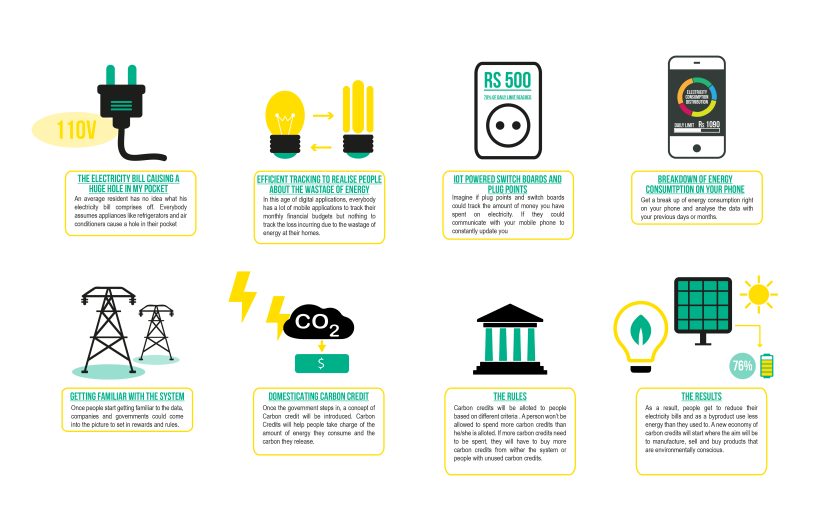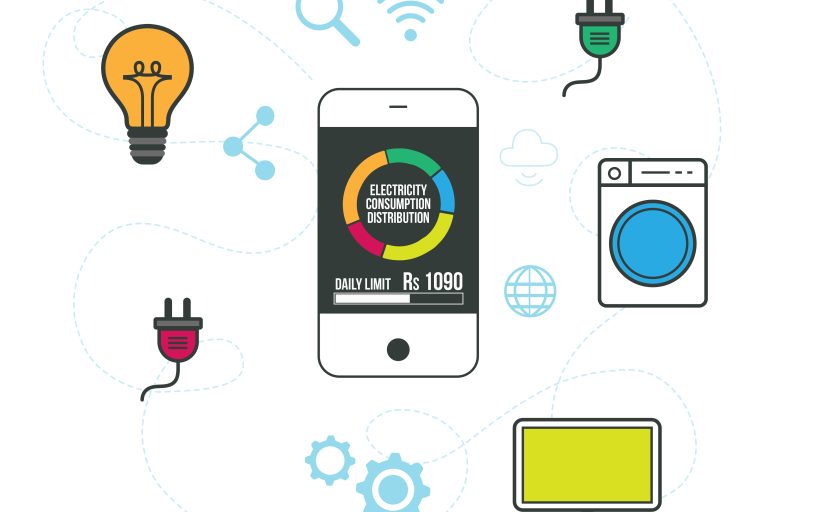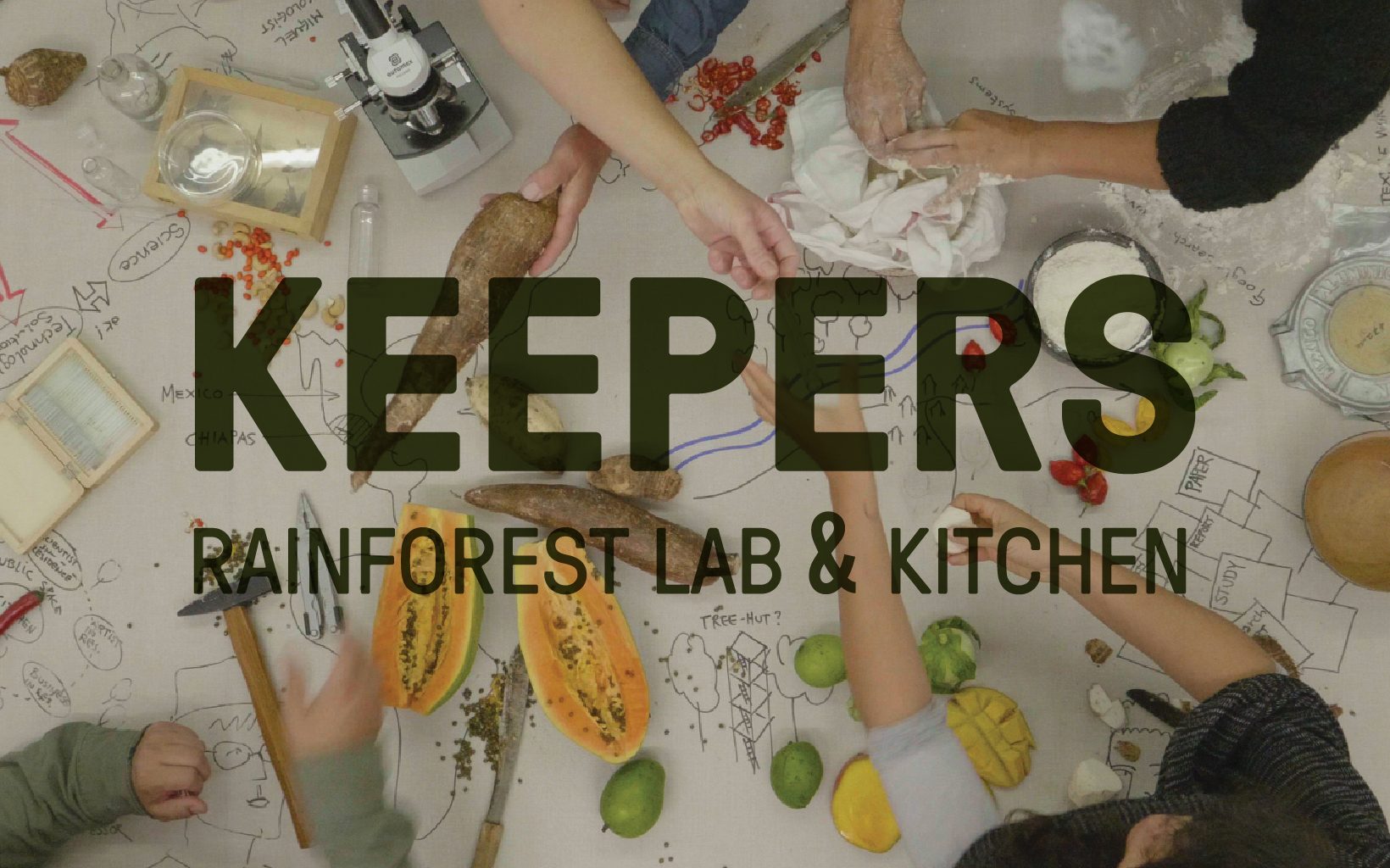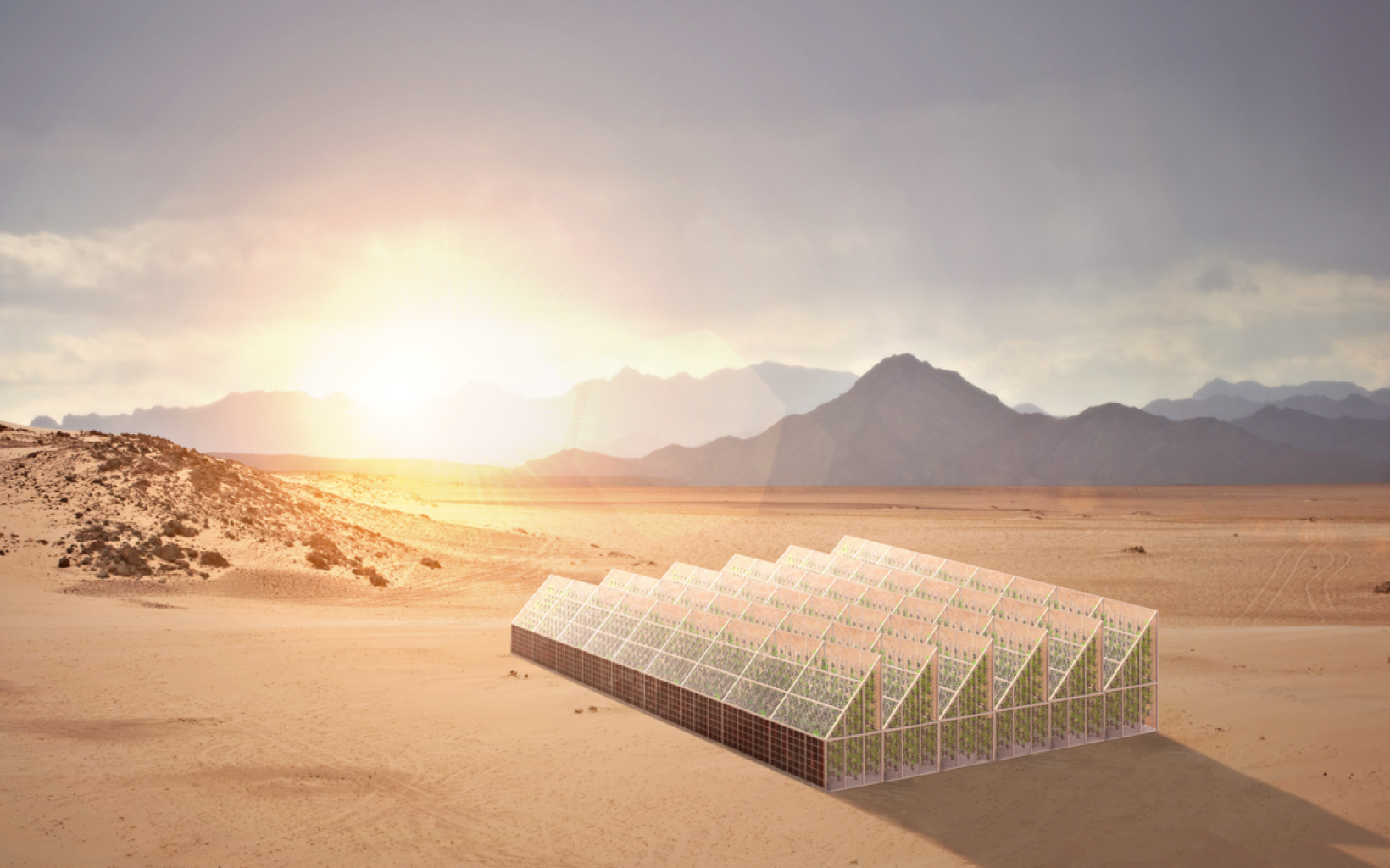BYOB (Build Your Own Bills) is a domesticated version of carbon credit aimed at creating energy consumption consciousness in a home setup.
Long Description
BYOB (Build your own Bills)
Domesticating Carbon Credit
WHAT IS CARBON CREDIT?
Carbon Credit, presently, is a permit which allows a country or organization to produce a certain amount of carbon emissions and which can be traded if the full allowance is not used.
HOW ARE WE EXPANDING THE SCOPE?
By bringing the same school of thought into the domestic scenario of a home.
WHAT CAN DESIGN DO TO MAKE ENERGY SYSTEMS IN ASIA MORE RESILIENT TO CLIMATE CHANGE?
Introducing BYOB (Build Your Own Bills), a domesticated version of carbon credit that is aimed at creating energy consumption consciousness in domestic scenarios by creating incentive through personal monetary savings.
WHO?
Any human who consumes and pays for electricity in a domestic household set-up.
WHAT?
BYOB (short for Build Your Own Bill) is aimed at creating energy consumption consciousness in domestic scenarios by creating incentive for personal monetary savings.
WHY?
It’s simple, really. As Arash Aazami, founder of energy thinktank Kamangir said “In the short term there is no way to solve the problem in either direction using the realities of today. Which means that we have to create a new reality.” Energy Poverty is a real threat of the future.
Although most of us believe that climate change is happening and must be stopped, we aren’t willing to change our lifestyle completely to accommodate precautions unless we see personal benefit in doing so. With BYOB, we’re using design to transform the way in which people consume and perceive energy on an everyday basis to create a new ecosystem of controlled energy usage and saving.
People right now are just focusing on commercial things and how commercial things make carbon and electricity, we can see how housing can help people devleop saving mechanisms as a habit that becomes an automatic part of their everyday life, making them conscious in all aspects of energy consumption.
WHEN?
On an everyday basis.
WHERE?
We’re currently basing the study in India.
While India’s per capita energy use is just 614 (stats from 2011), a system like BYOB can create a huge change in the amount of energy saved.
Scalably, imagine the same system being embedded in a country like US or Russia with more than 10 times per capita energy consumption.
HOW?
The energy usage per plug point is measured and viewable via iOT on a phone app. It displays usage, limit and the amount billed so far.
Collecting information to allow to create rules to domesticate carbon credit economies.
The solution has two layers:
1. BYOB Individual- This is the initial part of the solution that aims at creating self-consciousness and limits usage of energy consumption on day-to-day basis by allowing the consumer to understand his own consumption patterns.
2. BYOB community- This part allows the creation of a community ecosystem where people can buy or sell excessive unused carbon credit to someone close to tipping off their limit/in need of more credit. In the longer run, we envision this concept to run on a bigger scale where energy economies create their own market rules and carbon credit becomes currency. People using high carbon emitting appliances (like cars etc) which harm the environment will need to use their allotted credits but need more carbon credit purchasing power, hence buying from people with unused credits, creating an economy.









Share on social media.
Facebook
Twitter
LinkedIn
Mail